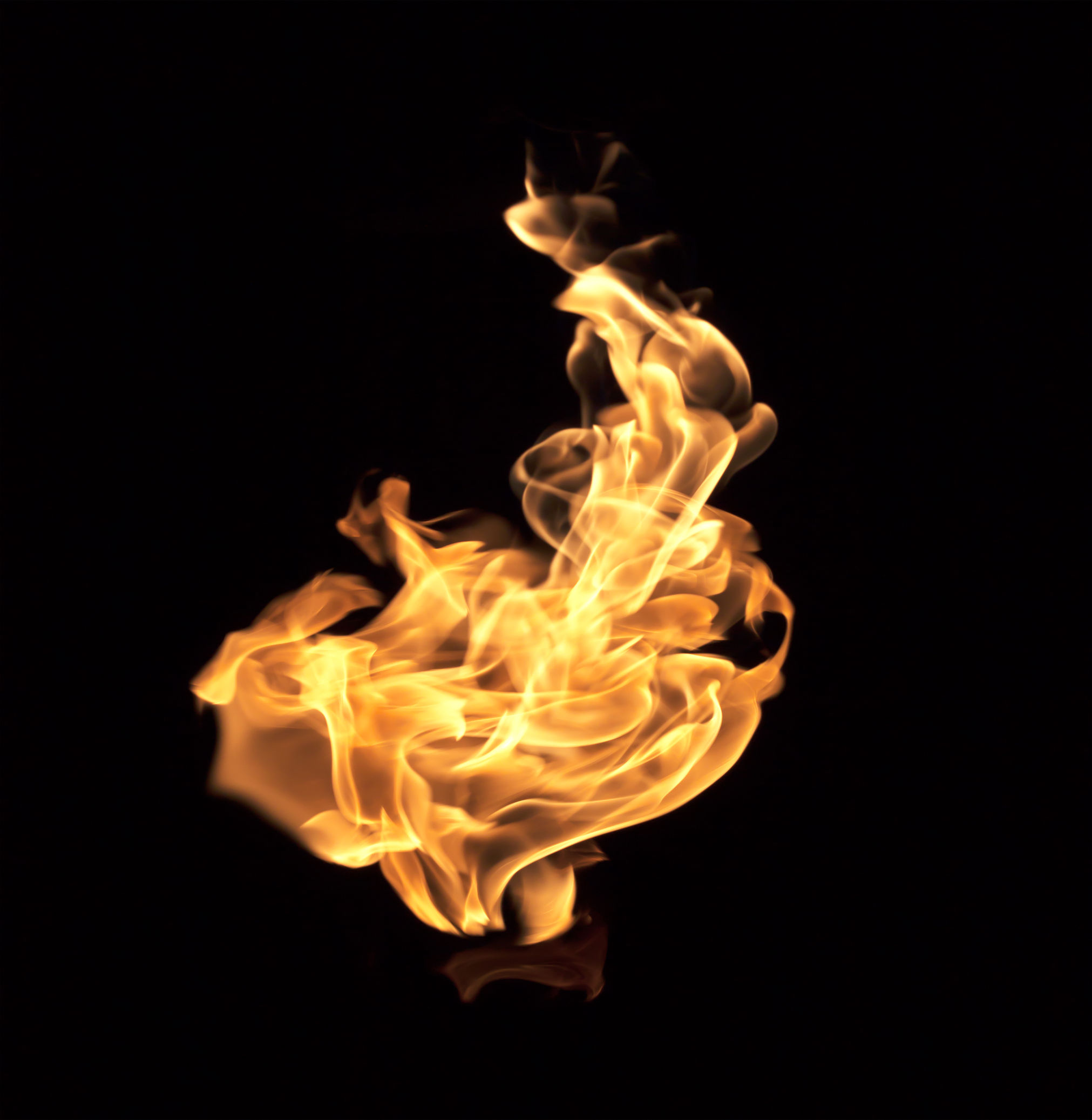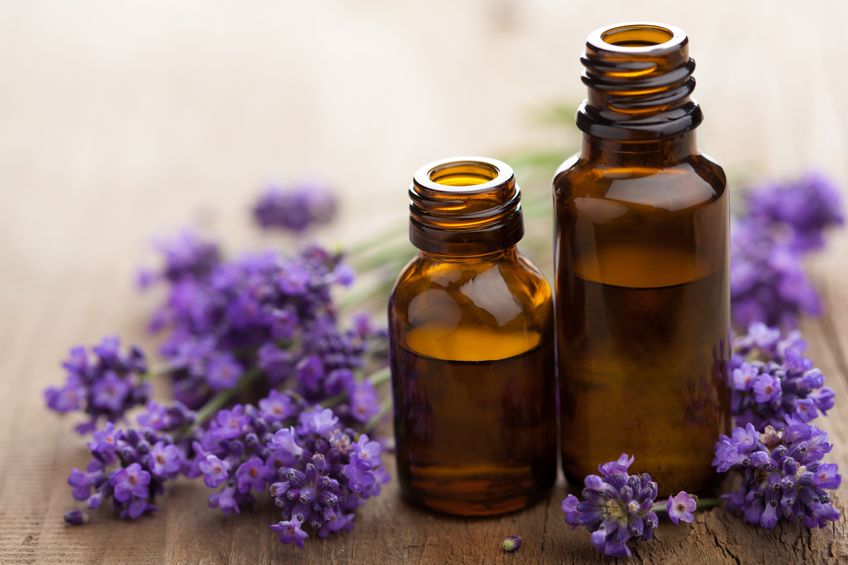Ancient healing meets modern tech to restore calm, clarity, and connection
By Rob Streisfeld, NMD
Let’s face it—life today can feel like too much. Stress is high, screens are everywhere, and our nervous systems are constantly overstimulated. But what if the path to peace and emotional resilience didn’t require prescriptions or complicated routines? What if the solution were as simple as tuning into our senses?
Through the power of color, light, scent, and sound, we can restore emotional balance, reduce stress, and reconnect with ourselves. These ancient practices—now supported by modern science and enhanced through technology—offer a gentle yet powerful way to heal.
Color: More Than Meets the Eye
Color isn’t just about aesthetics—it’s energy. We feel colors.
- Blue promotes calm and trust
- Green soothes stress and supports healing
- Yellow uplifts mood and energy
- Red energizes and increases alertness
- Purple invites mindfulness and introspection
Something as simple as changing your room’s lighting or adding calming hues to your space can help lower anxiety and boost your mood. Interior designers and therapists alike are using color intentionally to create harmony in both homes and healing spaces.
Light: Nature’s Mood Booster
We’ve all felt the difference between a sunny day and a gloomy one. That’s because light plays a major role in mental health.
- Morning sunlight helps regulate sleep, boost mood, and sync your body’s natural rhythm
- Light therapy is clinically proven to ease Seasonal Affective Disorder (SAD)
- Red and infrared light may improve sleep, reduce inflammation, and support brain health
These light-based therapies, known as photobiomodulation, are becoming more accessible through wearables, wellness clinics, and even smart lighting in your home.
Scent: Healing Through the Nose
Aromatherapy works through the limbic system—the emotional center of the brain—making it one of the fastest ways to shift your mood.
Some go-to essential oils:
- Lavender: Calms the nervous system and lowers cortisol
- Bergamot: Uplifts mood and supports the heart
- Frankincense: Grounds and centers
- Peppermint: Wakes up a foggy mind
- Ylang ylang: Helps release emotional tension
Use a diffuser, add a few drops to a bath, or simply inhale from the bottle when you need a reset.
Sound: Vibrations That Heal
Sound therapy taps into the body’s natural rhythms to restore balance. For centuries, people have used music, chanting, and natural sounds to heal.
Modern methods include:
- Binaural beats: Use specific sound frequencies to influence brainwaves
- Solfeggio tones: Promote spiritual balance and inner peace
- Singing bowls, chimes, gongs: Help quiet the mind and release tension
- Nature sounds: Recalibrate your nervous system
Whether you’re listening to calming music or sitting quietly with forest sounds, therapeutic audio can help slow your thoughts and create deep relaxation.
The Power of Combining the Senses
Individually, each of these therapies is powerful. But when they’re combined—light + sound + scent + color—they create a multisensory experience that calms the entire system.
This approach is being used in wellness centers and even integrated with emerging technologies like:
- VR headsets for guided visual meditation
- Sound + scent stations for quick relaxation in high-stress environments
- Telehealth tools that bring personalized sensory therapy into your home
The future of mental health might look less like a pill and more like a playlist, a color palette, and a diffuser.
Your Sensory Self-Care Ritual
Here’s how to start using sensory healing in your daily life:
Color – Add calming tones like green or blue to your room, or use color-changing light bulbs to set the mood
Light – Get sunlight in the morning, and use dim, warm lighting at night to support natural sleep rhythms
Scent – Use calming essential oils during your workday or bedtime routine
Sound – Try binaural beats, nature soundscapes, or sound baths on YouTube or wellness apps
Combine – Try pairing lavender oil with soft lighting and peaceful music for a mini nervous system reset
Final Thoughts
You don’t need to escape to a retreat center to feel better. Healing is already available through your senses.
By reconnecting with color, light, sound, and scent—predominantly when guided by intention—you invite balance, resilience, and peace into your life. These ancient tools, now backed by neuroscience and enhanced by tech, are reminders that healing doesn’t always come from outside. Sometimes, it starts by simply tuning in.

Dr. Rob Streisfeld is a passionate consumer advocate and educator with
over 20 years of Natural Health & Natural Products Industry experience. A
Doctor of Naturopathic Medicine and Certified Natural Food Chef, “Doc
Rob, as is widely known, provides an informed and innovative perspective to
support education, product development, branding, marketing, PR, and
other business development needs.
Over the past decade, Doc Rob has helped to identify and expand key
health categories such as probiotics, enzymes, whey protein, fermented
foods, whole food supplements, and more. His focus on traditional and
cultural aspects of food and therapies offer a unique insight on a wide
variety of topics.
References:
Golden, R. N., Gaynes, B. N., Ekstrom, R. D., Hamer, R. M., Jacobsen, F. M., Suppes, T., … & Nemeroff, C. B. (2005). The efficacy of light therapy in the treatment of mood disorders: A review and meta-analysis. American Journal of Psychiatry, 162(4), 656–662. https://doi.org/10.1176/appi.ajp.162.4.656
García-Argibay, M., Santed, M. A., & Reales, J. M. (2019). Efficacy of binaural auditory beats in cognition, anxiety, and pain perception: A meta-analysis. Psychological Research, 83(2), 357–372. https://doi.org/10.1007/s00426-018-1066-8
Herz, R. S. (2009). Aromatherapy facts and fictions: A scientific analysis of olfactory effects on mood, physiology and behavior. International Journal of Neuroscience, 119(2), 263–290. https://doi.org/10.1080/00207450802333940
Küller, R., Ballal, S., Laike, T., Mikellides, B., & Tonello, G. (2006). The impact of light and colour on psychological mood: A cross-cultural study of indoor work environments. Ergonomics, 49(14), 1496–1507. https://doi.org/10.1080/00140130600858142
Sayorwan, W., Ruangrungsi, N., Piriyapunyaporn, T., Hongratanaworakit, T., Kotchabhakdi, N., & Siripornpanich, V. (2012). The effects of lavender oil inhalation on emotional states, autonomic nervous system, and brain electrical activity. Journal of the Medical Association of Thailand, 95(4), 598–606.
Terman, M., Terman, J. S., & Ross, D. C. (1989). Light therapy for seasonal affective disorder: A review of efficacy. Psychopharmacology Bulletin, 25(3), 311–315.
Zhao, H., Tian, Z., Cheng, L., & Liu, C. (2018). The therapeutic effect of low-level laser therapy on depression: A systematic review and meta-analysis. Lasers in Medical Science, 33, 1111–1119. https://doi.org/10.1007/s10103-018-2478-5




